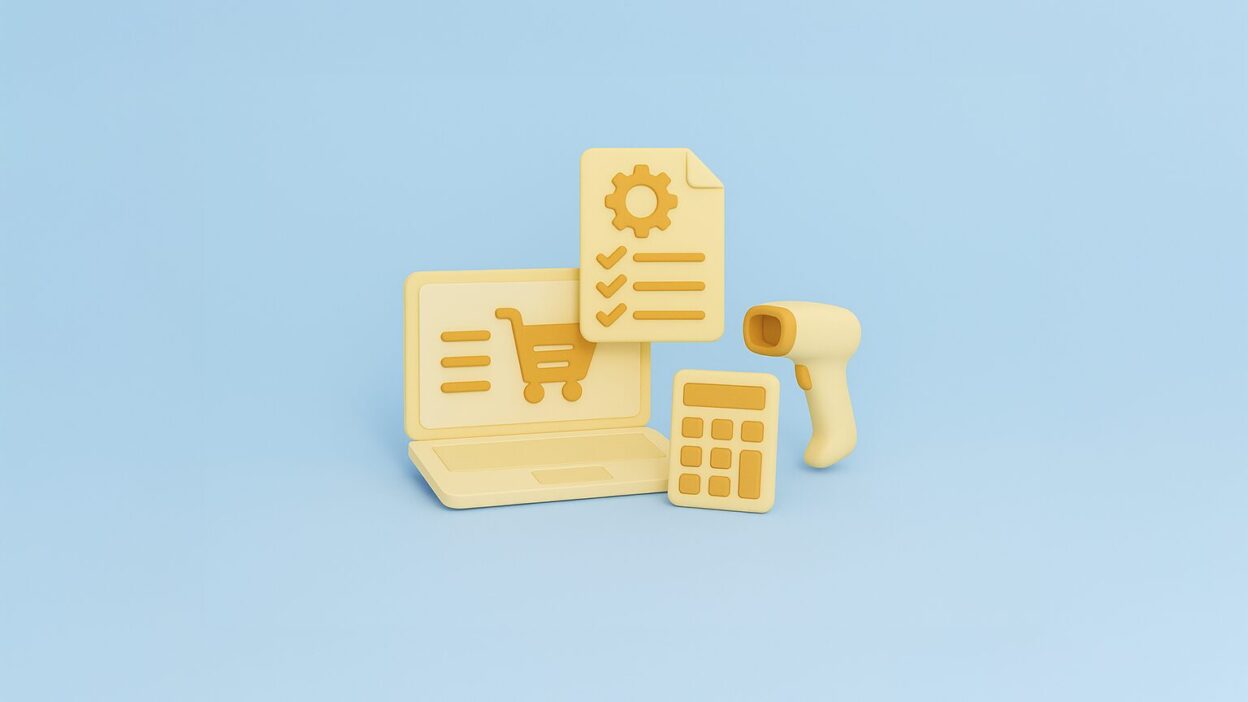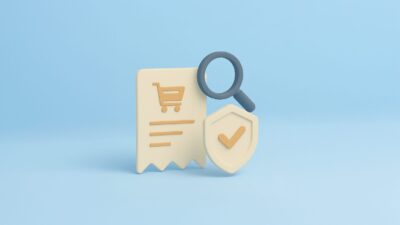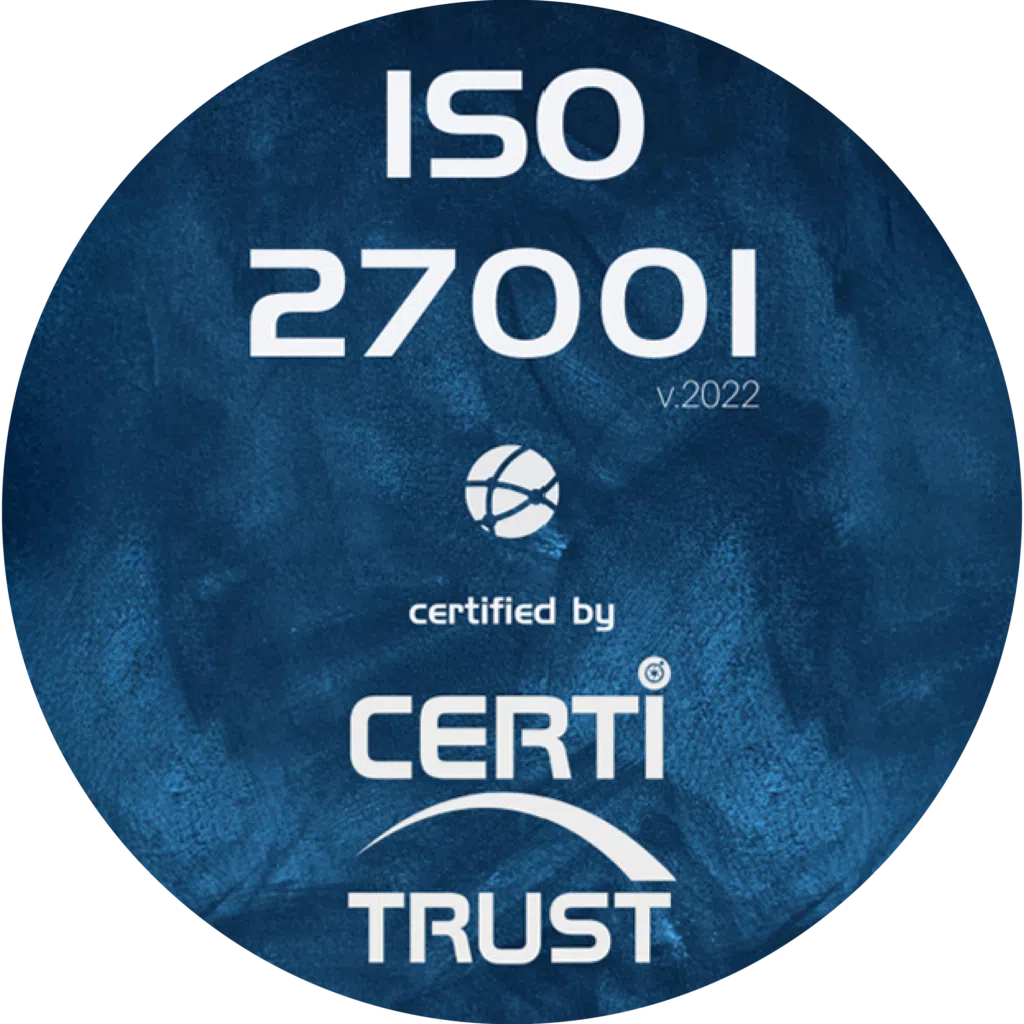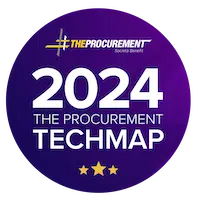As time goes by and technology advances, e-procurement or e-procurement solutions are growing in popularity among businesses in all sectors. They now rely on electronic management software to make certain purchasing and sales processes easier and more efficient. These tools enable companies toautomate the procurement process and commercial transactions using the Internet. Understanding how e-procurement works, how to implement it and its benefits is therefore a considerable asset for any company that wants to be competitive.
E-procurement : Definition
E-procurement is a set of digital solutions designed to dematerialise purchasing in the B2B environment. These various processes involve digitising of commercial transactions between companies and suppliers, with the aim ofimproving and facilitating the purchasing process. E-procurement software is often used to help manage and automate these processes. It should be noted that e-procurement is reserved exclusively for the Business To Business sector and not for private individuals.
The word e-procurement comes from the English language and is made up of the prefix “e”, which refers to the use of electronic methods, i.e. the Internet and its components and not traditional electrical methods, and the word “procurement”, which means supply. So e-procurement can be translated directly as electronic procurement or online procurement.
It’s important to bear in mind, however, that e-procurement is for the B2B sector only and cannot be used for private purposes. It is a totally different process from a traditional online purchase used by any person, entity or company with Internet access. The difference is that it is a software solution capable of centralising a company’s supply management in orderto simplify and automate the purchasing process.
Although this kind of automation is now visible in the B2C sector, e-procurement is still reserved for companies that want to make their procurement management easier. They can access the catalogue of available products or services at any time via a software interface, usually created by the supplier itself or by a group of suppliers. Companies can then choose different services from several suppliers. The management of calls for tender and invoices will depend on this choice.
This choice of supplier on a digital platform can be associated withe-sourcing. E-procurement involves choosing a product from one or more specific suppliers via the same platform.
The origins of e-procurement
The digitisation of public procurement began in the 1980s with the development ofelectronic data interchange(EDI). EDI enabled suppliers and businesses tosend and receive purchase orders and invoices more quickly.At the time, calls were used, i.e. the call transfer network and e-mails.
A few years later, when software became more widely available, companies specialising in its development began to offer solutions to make things easier for businesses and suppliers. The B2C sector also benefited from these innovations.
From the 1990s onwards, the use of electronic purchasing platforms was necessary on both sides. Purchase orders, invoices, choice catalogues and even payment methods are now easily accessible for target companies on the one hand, and for suppliers looking for a market for their products on the other.
Companies and suppliers can now easily come together on the same platform, thanks to the Internet, to quickly secure a product sales contract. The current crisis demands greaterefficiency and responsiveness in the purchasing sector. E-procurement has therefore become an essential tool for both parties.
At last, electronic supply management can go beyond purchasing and sales. It allows companies to advertise and market their products more easily and at lower cost than ever before.


The main players in e-procurement
Companies, for their part, have rapid access to a whole category of products that are essential to their business. Through a software interface or website, they can also manage their orders and access all the necessary information. Information on the product, payment methods and delivery is also available. Companies have a wide range of choices on a dedicated platform.
Within the company itself, several players can come into play. Product users place the order with a purchasing department manager, who defines and selects an optimised purchasing strategy. There will of course be an approver who validates the orders after consultation with the finance and accounting departments for processing the order, invoice and payment.
On the other hand, suppliers must be present on all available platforms, although platforms may specialise in a particular field. Suppliers must post details of their offers on the platform, such as product details, price, delivery and payment methods and terms and conditions of sale. The platform should include everything that business customers need to know to ensure greater transparency.
However, the platform itself, or more precisely the company behind the software, is a key player in e-procurement. The platform, or the software, is a key element in e-procurement for businesses, since it is the main tool. It must ensure that the process runs smoothly and facilitate the task of both parties by providing a permanent link between the supplier’s services and the companies’ demand.
This software must have been designed by technicians specialising in software development. The platform can be created by a supplier with qualified staff, but it can also be offered by a company with expertise in software creation. For greater mobility, it can take the form of an application.
Other players also come into play in the e-procurement process, such as e-banking professionals for payments or delivery professionals to get products to businesses. There are also website hosts for the platform. All these players are involved in setting up the e-procurement process.
E-procurement: how does it work?
The aim of e-procurement is to support companies throughout their online purchasing process. This involves facilitating online sourcing, invoice management, purchase orders and payments using a platform dedicated to the companies and suppliers concerned. This platform can take the form of different systems.
The platform system can be closed if the customer and supplier have a special relationship. A permanent partnership is formed between the two e-procurement players. To achieve this, the same software is used by both parties. Each party has its own interface to make the software easier to use. The software combines an ordering and payment section with an invoicing section. This solution is often used after a long partnership and when a relationship of trust has been established between the partners. This type of software can be part of the company’s ERP system.
The same platform can also be shared by several partner customers. The supplier has its own interface, while the companies have the same interface for the customer. In this way, the supplier offers a web-based platform that allows different buyers to choose and order directly. They can also adapt their tools to the supplier’s interface. This is a semi-open system. Buyers only have access to the products of a single supplier, i.e. a single product catalogue.
The last platform system is said to be open because of the plurality of suppliers. Any company can access it, since it is generally online and set up by a group of suppliers. This type of service is offered by professionals in supplier-buyer relations or directly by the company that designed the platform. Each company then has a catalogue of choices from several suppliers at the same time. A price comparison is then quickly established. In this way, companies can always obtain the items they need if a supplier is ever out of stock.
The different stages of e-procurement
When a company wants to improve its purchasing decisions, it needs to ask itself a few questions before embarking on e-procurement. The first step is to define the company’s needs and objectives with all the managers involved. You then need to determine the means of achieving them, such as e-procurement, and check the IT systems and applications used within the company. Finally, security issues need to be considered before using an e-procurement platform. All these checks need to be tailored to the company’s needs.
Selecting products or services is the first stage in e-procurement. Companies can access a platform that is open to all suppliers, with a large number of online product catalogues available directly on suppliers’ B2B sites, as well as on this platform. All the terms and conditions of sale corresponding to each offer are included.
Thepurchase order must be validated at the end of the selection process. This validation often depends on a specific department within the company. Once this has been done, the order transmitted is carried out automatically and instantaneously. At the same time, you can check the details of the order and the delivery time at any time.
Once the order has been placed, the supplier sends you an electronic invoice as quickly as possible, or even instantly, depending on the supplier’s methods. Payment can also be made remotely, depending on the payment methods offered by the supplier. The supplier can send you a report on the purchase data. Click here to understand the challenges of e-procurement in electronic supply management: quotation management, approval and recruitment.
E-procurement: an advantageous solution for businesses
Centralising supply management online is the main role of e-procurement. E-procurement can only be advantageous for companies that adopt it.
Reduced costs
The main advantage is the connection between financial systems and the external supply chain. Information is exchanged in real time. This provides a more global view of supplier information and transactions. It allows end-users to serve themselves, streamlining supply flows and enabling greater decentralisation. However, control is carried out via electronic catalogues approved by the company, which makes it easier to pay suppliers. Finally, unauthorised purchases and other personal purchases are limited, as they are now subject to a digital validation circuit.
Finally, the reduction in the workforce dedicated to traditional operations means lower prices and quick, easy access to the product. The cost savings are significant when large quantities of products are purchased.What’s more, online payment is convenient for both parties.
An automated process
Administrative and manual tasks that require personal effort disappear. The platform replaces all external manipulations to gain in speed and efficiency. From selection to invoicing, via order forms and payment methods, everything is automated. Employees formerly assigned to traditional processes can now handle more important tasks.
The transparency andaccessibility of the company’s purchasing behaviour gives a better understanding of how and where the company spends its money, and identifies areas where supplier management needs to be stepped up.
Saving valuable time
Automation eliminates manual validations and administrative tasks, which means that the people involved in purchasing a product save precious time that can be used for other tasks.What’s more, validation, invoicing and delivery timesare faster than before.
What’s more, e-procurement automates time-consuming and tedious tasks that are common to all businesses. Cost centres are optimised because they are processed much more quickly.
The main e-procurement tools
There is a whole range of useful and complementary processes and tools in the e-procurement field to provide a complete range of services for the best possible management of corporate purchasing.Electronic data interchange systems enable information and data to be shared and exchanged between different devices in real time. Information and messages from internal customers, partners, suppliers and other stakeholders are exchanged and stored. This makes it possible to streamline ordering processes and keep an overview of all flows.
For example, companies use e-procurement tools and digital platforms to facilitate their day-to-day operations directly online. These include calls for tender, reverse auctions, procurement and orders. Most indirect purchases are covered, thanks to the dematerialisation of catalogues, which can be found as a punch-out in the solutions. E-mail is also widely used, as are data exchanges using CSV or integrated with an ERP system.
Online ordering tools improve a company’s purchasing process. Digital mechanisms using management applications or digital solutions are an effective purchasing strategy that meets the challenges of modernising companies. They provide purchasing teams with a clearer view of order flows across different devices and help to improve internal processes. Finally, they enablesignificant savings to be made throughout the supply chain.
E-procurement is essential to the life of any business, large or small. It is the ideal solution for centralising purchasing-related activities in a single tool. Using accessible, fluid and automated procurement management software like Weproc can only benefit your company’s purchasing management.
Discover the advantages of Weproc and its SaaS performance, which make it an ideal purchasing management tool for SMEs and SMIs. Integrate the best practices of buyers into your company with a comprehensive, easy-to-use and accessible digital solution. Manage your purchasing wherever you are and encourage internal collaboration.
Want to learn more about our Weproc procurement management software?
Contact us or request your 15-minute demo below!








